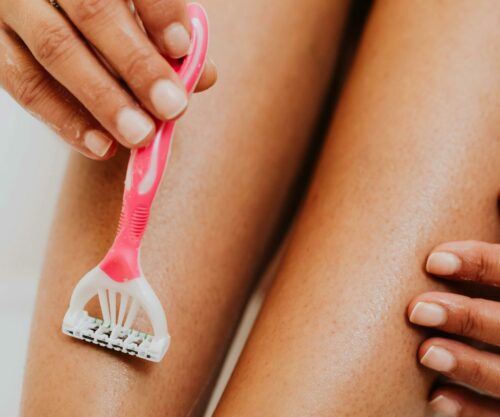
Do you have fine lines, acne or dry patched skin? Whatever your concern is, face oils could be the answer. They are the easiest way to get antioxidants and vitamins quickly into your skin. By Grace Mantjiu
Here’s all you need to know about face oils and how to add them to your daily routine.
Oil cleansers.
These cleansers use the good oils in your skin to remove the bad ones. Your skin has an oily layer (outer), and its purpose is to hold moisture in. Daily washing, dry climate and other factors strip it away, and as the skin ages it produces less oil. This makes it harder to hold moisture in. Oil fights oil. So, applying cleansing oils gently dissolves accumulated dirt without removing the skin’s natural oily layer. This leaves you with smooth and hydrated skin.
SEE ALSO: 7 benefits of tea tree oil
How to cleanse with face oils
Pour a small amount of the cleanser in your hand and massage it onto the face. Add a small volume of water and continue to massage. The oil will thicken and form a watery cream. The, rinse it off. This effectively cleans your skin, removing even the most stubborn make-up without leaving you feeling tight or dry.
Moisturisers or treatments?
The facial oils trend has made a comeback. If you don’t see results from your moisturiser, this may be your answer. An added bonus is that a little goes a long way – all you need is 3–4 drops per day. You can mix it with your moisturiser to use before applying your foundation for that dewy finish or on its own as a night treatment. Do not mix the oil with a day moisturiser that has SPF, as this dilutes the sunscreen’s effectiveness.
SEE ALSO: 5 things you do that make your oily skin oilier
Benefits of using face oils
- They reduce fine lines.
- You can use as a primer for make-up.
- They shield the skin against free radical damage.
- They have anti-inflammatory properties to calm down irritated skin.
Essential oils to look out for when choosing your face oil
- Argan oil
- Grapeseed oil
- Rosehip oil
- Jojoba oil
- Tea tree oil




